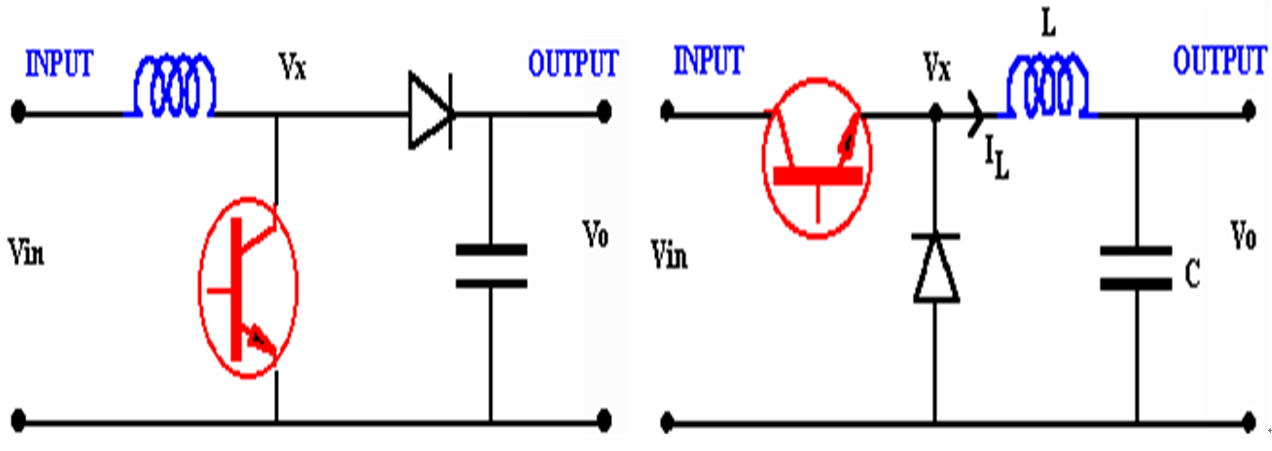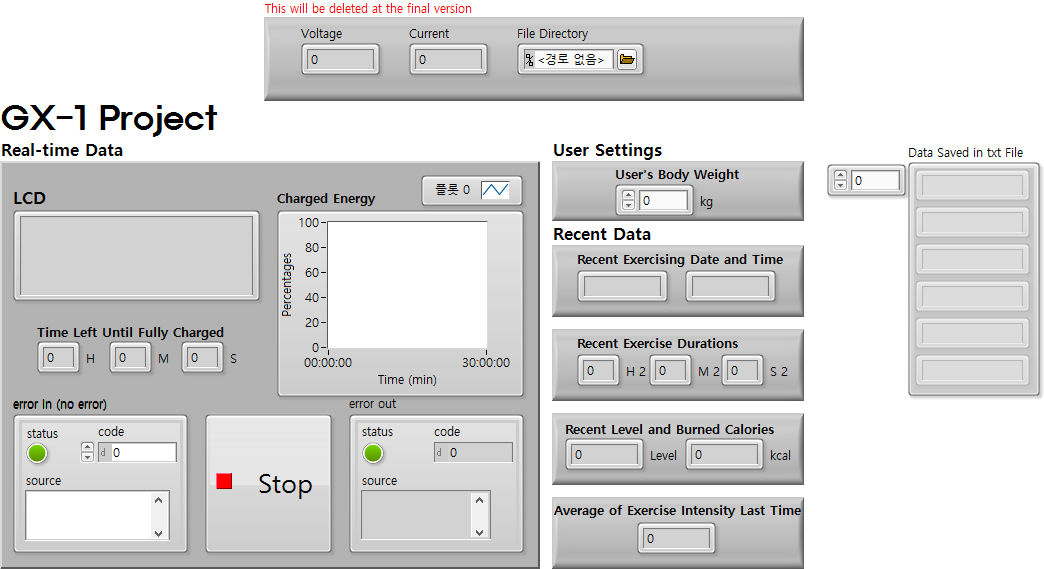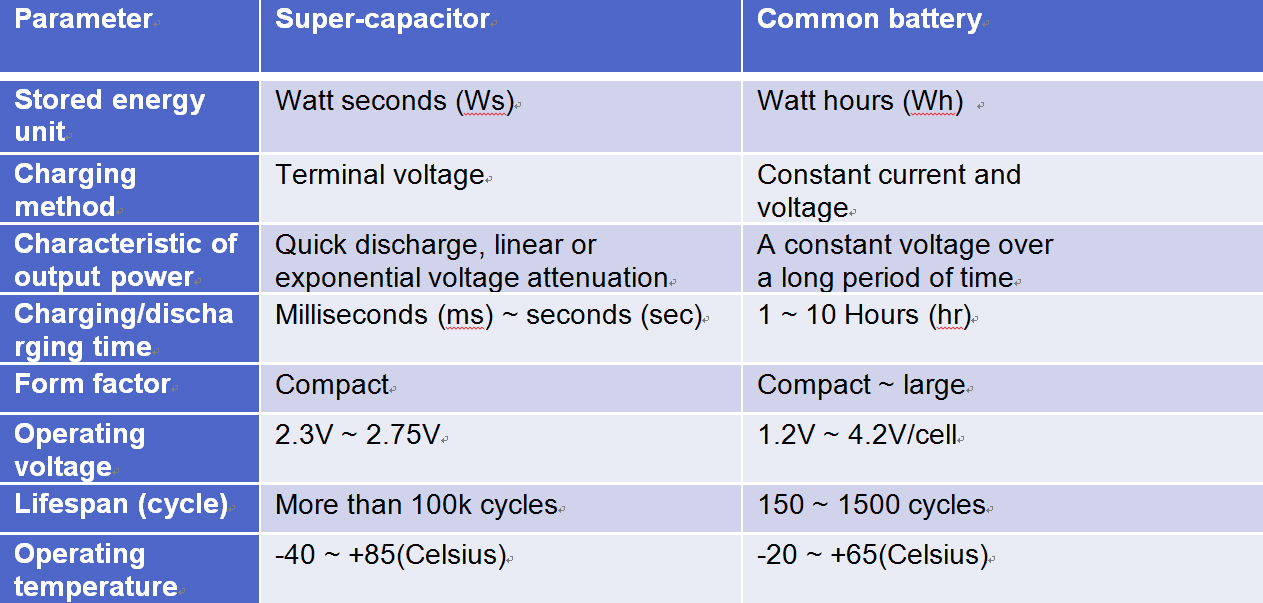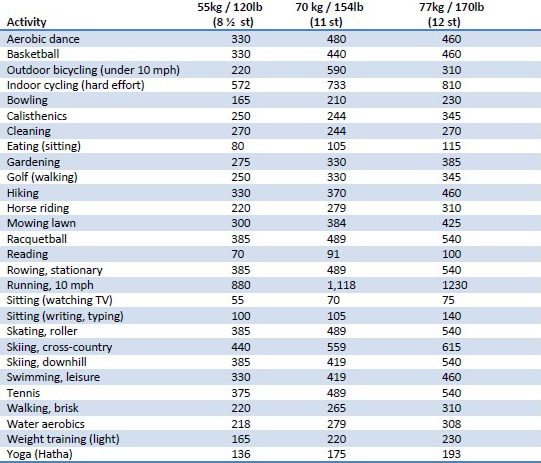- Document History
- Subscribe to RSS Feed
- Mark as New
- Mark as Read
- Bookmark
- Subscribe
- Printer Friendly Page
- Report to a Moderator
- Subscribe to RSS Feed
- Mark as New
- Mark as Read
- Bookmark
- Subscribe
- Printer Friendly Page
- Report to a Moderator
Submission Template for Student Design Competition 2015 Korea
Contact Information
University: Dongyang Mirae University
Team Members (with year of graduation): Changyong Park (Graduated in 2015), Junbeom Kim (Graduated in 2015), Jonghun Lim (Graduate in 2016), Donggeon Lee (Graduate in 2017)
Faculty Advisers: Keesoo Han, Sunghong Won
Email Address: pcy8999@naver.com
Submission Language: English
Project Information
Title: The GX-1(Genelectro Exerciser) – Linear-Motion Sports Machine Equipped with an Electric Generator
Description: According to the annual report, the rates of obesity in the world are rising continually. One of the biggest causes of this problem is the very lack of exercise, many researches and studies are being made for that, however, nothing can resolves this problem actually, and it is still hard to maintain his or her exercise habits without someone’s help. The GX-1 is a Linear-motion sports machine based on an energy harvesting system, which is the process by which energy from external sources is captured, and stored for small device use. This project was proposed for the purpose of helping people improve their exercise habits through establishing an obligation that the user must generate their own power to charge the battery used in mobile phone for daily use. This add-on device for regular fitness machines can fully charge a 3.8V 2100mAh Li-ion battery in 1 hour with normal exercise intensity for use with males and females of all ages.
Products: LabVIEW myRIO 2013, NI myRIO
Other hardware: BLDC Motor, Makeblock™, Chain, Super-capacitor(2.7V 400F), Buck converter, Boost converter, Rotary switch, TIP31C transistor, LCB716 contact-normally closed solid-state relay, IN4004 diode
The Challenge:
Creating a linear-motion sports machine adaptor (Available for use with various kinds of linear-weight-training machines rather than rotational-motion-based sports equipment), that is able to supply sufficient amounts of energy in a short time to fully charge the user’s battery if left there until fully charged even after workout with the ability to switch the exercise intensity for use with males and females of all ages.
The Solution:
The GX-1 High Level Design Specifications
Figure 1 shows a block diagram of the system. The purpose of the research device is to charge the user’s mobile phone battery through linear-motion.
- A BLDC motor was chosen with characteristic more outstanding than other common DC motors
- A 3-phase AC voltage is generated when the BLDC motor is being used as an electric generator. Accordingly, it was decided to use a three phase full-wave rectifier to supply DC voltage for storage. However, it had a poor efficiency of only 80%
- The researchers considered using a super-capacitor as an intermediate storage because it was needed to keep charging the battery even after the workout.
- The output voltage from a super-capacitor could be converted into a fixed DC 5V signal through the use of a boost and buck converter. Despite the sufficient efficiencies of the converters used, it was likely to be changed into a circuit that met the required contact current and voltage output due to the characteristics of the target battery.
- The mobile phone was successfully charged.

Figure 1 The GX-1 System
Electric Circuit Configuration
- A full-wave rectifier was used to convert three-phase AC voltage into DC voltage
- The buck converter in the orange circle in Figure 2 was removed to increase efficiency
- A series of four 2.7V 400F super-capacitors was used to increase the available charging voltage.
- The output was fixed at 5V DC through a boost and buck converter.

Figure 2 Electric Circuit Configuration
As the circuit configuration is so simple, the researchers made this electric circuit on our own. Figure 3 is the main circuit except for a boost and buck converter. The both of converters are also made for ourselves.

Figure 3 The Front and Back of Main Circuit
Using Boost Converter and Buck Converter
Figure 4 shows the circuit of converters. In order to charge a mobile phone battery, it was required to fix the voltage. The voltage from 3V to 13.5V on a super-capacitor is converted into a fixed 5V DC through the series of a boost converter and buck converter.

Figure 4 The Circuit of Boost Converter and Buck Converter
Creating a Linear-motion Sports Machine
Although the various kinds of self-generating sports machines have been made even now, the most of them are rotational-motion sports equipment like a bicycle. Nonetheless, nowadays we usually workout at a gym with linear-motion sports machines mostly. Besides, those things are almost a necessity for anaerobic exercises. Consequently, the method of turning linear-motion into rotational-motion was considered in the project. Even though there are many kinds of methods in turning motion like linear-guided equipment that Figure 5 shows on the left hand side, with the researchers considering costs as it is an alpha version, the chain that Figure 5 shows on the right hand side was used in turning motion system. However, due to mechanical losses of chain, the entire of efficiency gets decreased inevitably.

Figure 5 Linear-guided Equipment (left side) and Chain Used in the Project (right side)
An Intuitive Interface and Switching Exercise Intensity
For user to figure out the level of exercise intensity and energy stacked on the machine, a LCD graphic node and graph of voltage were inserted on front panel of VI, it is showed in Figure 6. A physical LCD panel was attached on the machine to easily notice the situation additionally. Also, rotary switch was used to switch the exercise intensity; it can be switched five levels for use with males and females of all ages. Thus, this machine can also help to maintain a health care for senior citizens with low level of intensity. Pulse Width Modulation (PWM) was proposed a way to switch levels of intensity because NI myRIO supports Real-time processing which is quite suitable for PWM.

Figure 6 Front Panel in VI and Rotary Switch
GX-1 Collects User’s Data
In order to make user's exercise more effective, GX-1 provides the various kinds of information by collecting user's status when exercising. A user can check his or her daily aim by checking expected charging time whenever a user wants. Besides, after finishing the exercise, GX-1 saves user’s data such as an average of exercise intensity, a total exercise time, burned calories, and so forth. This data will be used to give a user an ideal in a beta version.

Figure 7 Collected Data in Program
You Can Exercise Anywhere in Your House
Users can expect the improvement of exercise effect only if they use this device daily. Therefore, to make easy to use it every day, it was made as lightly as possible. Makeblock™ was chosen for the body of the machine which is formed with aluminum, also, a BLDC motor and super-capacitor were considered their specification of weight.
How Could PWM Be Used in Switching Levels of Exercise Intensity?
Pulse Width Modulation (PWM), is a technique for getting analog results with digital means. Digital control is used to create a square wave, a signal switched between on and off. This on-off pattern can simulate voltages in between full on (5 Volts) and off (0 Volts) by changing the portion of the time the signal spends on versus the time that the signal spends off. The duration of "on time" is called the pulse width. To get varying analog values, you change, or modulate, that pulse width.
If you run a generator with both of output lines are shorted, you can feel the huge repulsion from the shaft. Using this principle, we could control this repulsion by inserting a switching device to regulate the on/off time utilizing Pulse Width Modulation.
Why Was A Super-capacitor Chosen as an Intermediate Storage?
It has been mentioned before that a super-capacitor was used to charge the battery continuously as an intermediate storage. Then, why was a super-capacitor used rather than a common battery such as Li-ion?
It is not suited for charging a common battery from a motion because the output voltage level from a generator is not stable. On the other hand, a super-capacitor can be charged with non-stable power. Although the voltage of charged super-capacitor is reduced linearly or exponentially when discharged, the researchers solved this problem by putting a couple of converter. Also, a series connection of super-capacitors was figured out to get higher operating voltage. Finally, one of the most important reasons why a super-capacitor was used rather than a common battery is that it has a long lifespan to use. A super-capacitor can be charged and discharged at least 100 times more than a common battery. Table 1 shows differences between a super-capacitor and a common battery.
Table 1 Differences Between Super-capacitor and Common Battery

Supplying Enough Energy in a Short Time
The researchers resolved this challenge by choosing BLDC motor, not a Brushed DC motor. Brushed DC motors are developed a maximum torque when stationary, linearly decreasing as velocity increases. Some limitations of brushed motors can be overcome by brushless motors; they include higher efficiency and a lower susceptibility to mechanical wear.
The BLDC motor (760
Conversion between [Wh] and

The couple of BLDC motors were used to meet the required energy.
Does This Machine Form a Good Exercise Really?
Let’s reason out the energy calculation and calorie consumption.
Basis on an hour of exercise,
Amount of generated energy from the machine is equal to the energy that charged on the mobile phone battery.
![]()
Considering efficiency of the 3-phase full-wave rectifier is about 80%, 90% per one converter, 80% for generated energy efficiency on the motor, and 20% loss on chain. (1
![]()
Since it was hard to say that the whole effect of exercise is exactly same to calorie burning that is converted from only charged energy on device, it was expected that it is similar to an effect of Weight training (light) referring to Table 2 based on looking before and after exercising.
It is being planned to calculate the exact value when the version is improved since there was no accurate data of calorie in this paper though it was concluded that this machine has the same power as Weight training (light).
Table 2 Burning Calorie Table

The Benefits Using LabVIEW and NI Tools
The performance of Pulse Width Modulation (PWM) is showing a considerable difference whether it supports Real-time processing or not. Compared to Arduino and Raspberry Pi that has been used before, NI myRIO showed a substantial gap on battery charging efficiency in spite of using exactly the same hardware and software except for the processor, it was cool. In addition, we adapted quickly in programming even though we spent only three months with RIO since it allows us to design Block-diagram easily, complex systems more intuitively and affordably than ever before.
Additional Revisions that Could Be Made in Beta Version
- Checking a daily calories consumption and compare to each example of dietary calorie.
- A function of telling exercise habit improvement by collecting exercise records.
- Suggesting the ideal charging-graph on level of intensity; for example, if a user doesn't meet the ideal charging-graph, device will suggest switching to lower level of intensity.
- Using a more capable and efficient motor to regulate a large scale of exercise level and reduce exercise time because it is still a long time as a weight-training.
- Different settings of exercise intensity between pushing and pulling the handle; it requires power pushing the handle more than pulling, to become totally similar to a common exercise machine.
Conclusion
We’ve made basic system already, but we believe we will be able to put more various functions in the program through NI myRIO. Now the device is an alpha version. We've accomplished a lot of progress even though the external appearance and program are still not perfect. Besides, it is amazing that we took only about 3 months to build so far by programming intuitively. We feel sure that NI myRIO gives us an infinite possibility. After we finished this contest, we will improve our project. If we make more improved device, we would like to share it on the mylv.net site.
Nominate Your Professor
I'd like to nominate one of my professors, Keesoo Han, he is teaching Circuit Design Project. I've learned a basic programming from this major. He said that it is important to understand the principle of digital logic at first, and the next is to build up a basic circuit to realize if their knowledge is correct or wrong. He also emphasized to repeat that process over and over. He teaches students make their own development to build their creative thinking naturally. The reason why I’d like to nominate him best, he always makes us to think deeper and deeper about the program though it is built with a simple progress. It made me feel more fun about the programming because it was the greatest pleasure when we resolve challenges of the program. - Jonghun Lim
Sources
The left hand side of Figure 5: www.meddeviceonline.com
Table 2: http://www.nyrnaturalnews.com/article/exercise-theres-good-news-and-theres-bad-news/
Page 4, How Can PWM Be Used in Switching Levels of Exercise Intensity? 1st paragraph: http://www.arduino.cc/en/Tutorial/PWM
